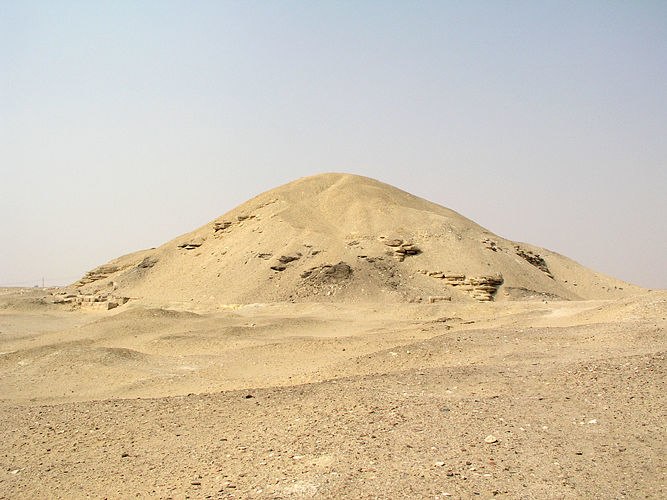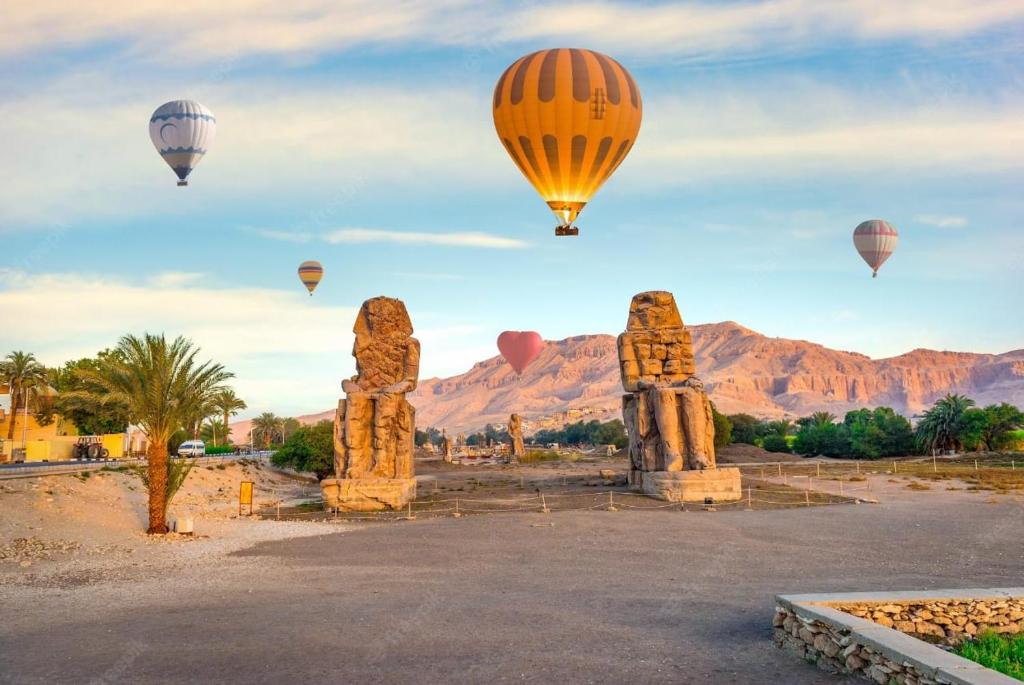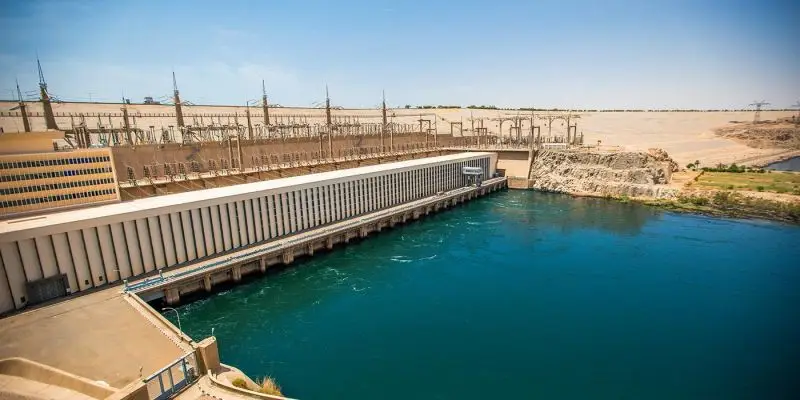The Pyramid of Senusret I is a significant ancient Egyptian monument built during the Twelfth Dynasty, marking a turning point in pyramid architecture and royal prestige. Located at el-Lisht near his father Amenemhat I’s pyramid, Senusret I’s pyramid reflects the Middle Kingdom’s cultural and political strength. As a monumental tomb, it holds rich architectural innovations and historical importance. With Desert Cruise, visitors can explore this remarkable site to uncover Egypt’s enduring royal legacy.
History of the Pyramid of Senusret I
Constructed around 1971–1926 BC, the Pyramid of Senusret I symbolized the height of Middle Kingdom pyramid construction. Known in ancient times as Senusret Peter Tawi (“Senusret beholds the two lands”), the pyramid exemplifies centralized power and religious devotion. Senusret I’s reign brought stability and prosperity to Egypt, reflected in the grandeur of his burial complex beside that of his father. This pyramid also marked advancements in construction techniques, artistic decoration, and religious symbolism.
How Was the Pyramid of Senusret I Built?
The Pyramid of Senusret I measures approximately 105 meters on each side and originally stood about 61 meters high, with a sloping angle of roughly 49° 24′. Its innovative construction involved a core subdivided into 32 compartments by internal stone walls radiating from the center, filled with limestone slabs and debris a complex technique unique to this pyramid. An outer casing of fine Tura limestone once covered the structure, although much of it is now lost. The pyramid’s subterranean chambers include elaborate corridors, and the burial chamber lies beneath, unfortunately inaccessible due to water intrusion.
Location of the Pyramid of Senusret I
The pyramid stands at el-Lisht, near the Fayoum Oasis, about 30 kilometers south of Cairo. The site features a mortuary temple, a causeway decorated with carved statues, and nine smaller queen pyramids surrounding the main pyramid. This location was strategically chosen near the Nile, balancing religious significance with political symbolism as part of the royal necropolis of the Twelfth Dynasty.
What Makes the Pyramid of Senusret I Unique?
Senusret I’s pyramid employed a novel construction method that divided the core into numerous stabilized units, an engineering experiment in stability and resource use. The pyramid complex’s artistic elements, including relief decorations and statues found by early explorers, demonstrate exquisite craftsmanship. Traces of the causeway connecting the mortuary temple to the valley temple reveal changes over time reflecting evolving ritual practices. The pyramid offers exceptional archaeological data on Middle Kingdom funerary architecture despite its current deteriorated state.
Fascinating Facts About the Pyramid of Senusret I
- Originally 61 meters tall with 105 meters per side, it displays an uncommon internal subdivision of 32 compartments.
- The pyramid’s name translates to “Senusret beholds the two lands,” symbolizing his rule over Upper and Lower Egypt.
- The burial chamber lies approximately 22–25 meters underground but remains flooded, inaccessible to archaeologists.
- Excavations by the Metropolitan Museum of Art between 1906–1943 and later by Dieter Arnold have uncovered vital insights.
- The mortuary temple and causeway featured lion-head water spouts, carved statues every 10 cubits, and intricate reliefs.
- Smaller queen pyramids accompany the complex, highlighting family burial traditions.
- The pyramid exhibits the transition from Old Kingdom building techniques to Middle Kingdom architectural style.
Conclusion
The Pyramid of Senusret I stands as a testament to the architectural and political developments of Egypt’s Middle Kingdom. Despite challenges like floodwater intrusion, it reveals remarkable construction ingenuity and artistic achievement. Through Desert Cruise, visitors gain a profound appreciation for this historic monument, connecting with ancient Egypt’s royal power and religious complexity. The pyramid remains an essential destination for understanding the evolution of Egyptian pyramid building and royal culture.




